Praising Mario is Missing is no way to impress someone with your gaming acumen. But it’s true; I thoroughly enjoyed Mario Is Missing as a young kid. My father didn’t know much about video games, but he did know that ‘Mario’ was a signifier of quality (or, at least, it should have been). So he bought me Mario Is Missing for my birthday, and I popped it into my Super Nintendo, expecting to see the sequel to Super Mario World.
Instead, I got… well, take a look at some online reviews. Just a quick visit to Gamespot unearths some visceral gems: “Truly the worst Mario game in history”. “I wasted 15 bucks on this crap”. “Nintendo made a huge mistake”. “I neither learned nor enjoyed myself playing this absolute waste of time”. The user reviews on other websites are similar, if not worse. Kotaku’s Luke Plunkett dismissed it in an article with one word: “awful”. And that’s the narrative I see all over the Internet; it’s always the overarching slam. “Critically panned”. “Universally panned”. “Overwhelmingly negative reviews”. “Critical flop”.
A brief primer for the uninitiated: Mario Is Missing! was released in 1992 for the PC and Super Nintendo (it got remade for the NES in 1993). Even though it stars characters from the Mario-verse, it was developed by Software Toolworks — also responsible for classics such as Mario’s Time Machine and Mario’s Early Years! Fun With Letters. The notable aspect of these games, which gave them some legitimacy, was that they recycled sprites from Super Mario World. Mario Is Missing! was also the first Mario game to star Luigi, and the advertisements framed this as a can’t-miss event. ‘Luigi! In his very own game. Stepping out of his brother’s spotlight!’
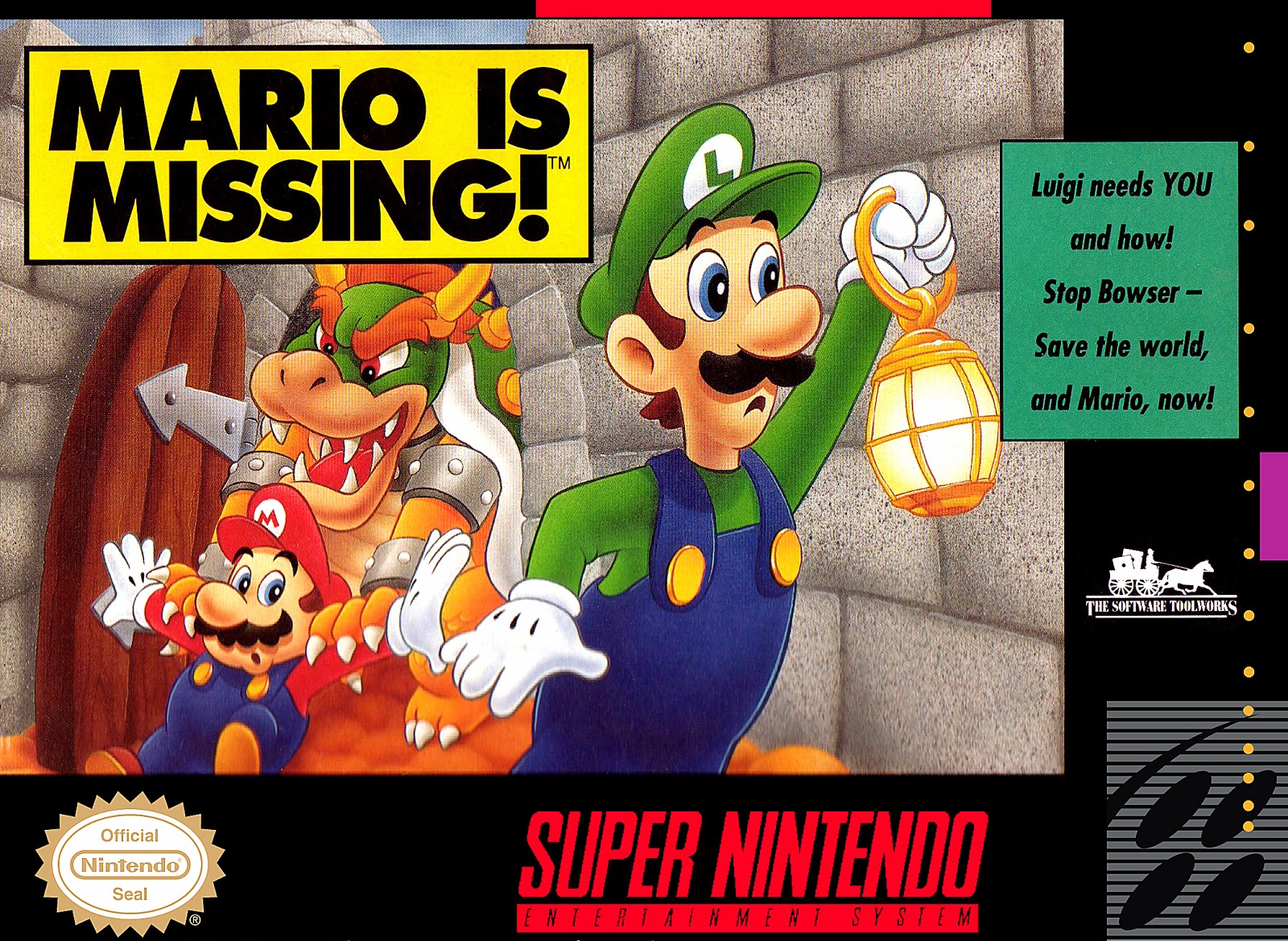
But it is here that the similarities end. The goal of the game is to visit a world location and track down native artefacts that have been stolen from each one. So in San Francisco, for instance, you are tasked with tracking down the Golden Gate Bridge’s Foghorn (yes, this is low stakes thievery). You locate these artefacts by stomping the multiple Koopa Troopas wandering the city. There is no strategy to this — the Koopa Troopa carrying the fog horn is completely random, and you just stomp on all of them, like a glorified game of whack-a-mole, until you find the right one.
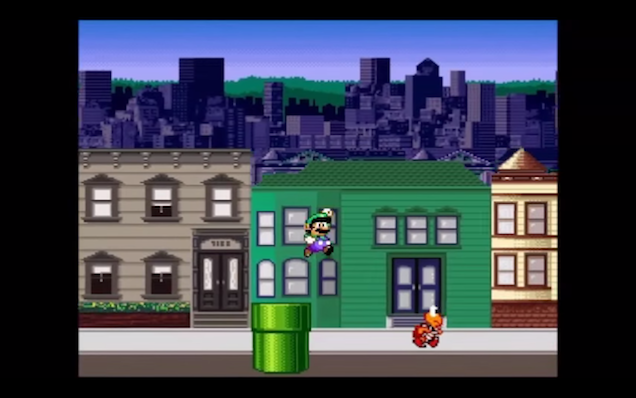
But that’s not the end of it. After retrieving the foghorn (seriously, a foghorn?), you visit a tourist booth like this one, where you can return the artefact:
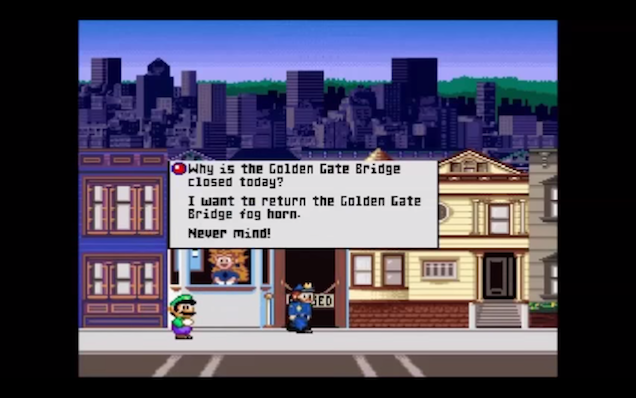
But for some reason, the lady at the booth (played by Princess Peach) doesn’t believe you have the real artefact, and she asks you some trivia questions to make sure you’re not a liar. And this is where the educational part comes into play — she’ll give you a pamphlet that you can study. Here’s an example of what you’ll be reading. It’s engrossing stuff:
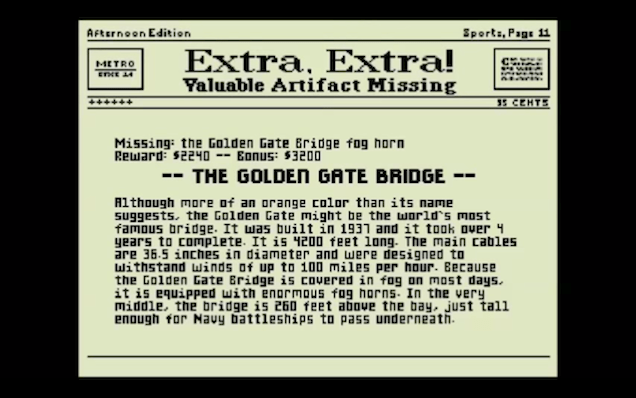
“Although more of an orange colour than its name suggests, the Golden Gate might be the world’s most famous bridge. It was built in 1937 and it took over 4 years to complete. It is 1280 meters long. The main cables are 927cm in diameter and were designed to withstand winds of up to 160km/h. Because the Golden Gate Bridge is covered in fog on most days, it is equipped with enormous fog horns. In the very middle, the bridge is 80m above the bay, just tall enough for Navy battleships to pass underneath.”
You study that closely. Then, you take Peach’s quiz, get all the questions right, and return the artefact. You do that three times, and you clear a city. You clear 15 cities on the SNES version (25 cities on the PC version), and you beat the game. There’s some other miscellaneous stuff mixed in, about getting Yoshi to meet you in the city, but that’s secondary. For the majority of the game, you will be chasing Koopas, reading pamphlets, and taking quizzes. It’s basically Carmen Sandiego in reverse — rather than using knowledge to locate the artefact, you’re given the artefact and then are expected to learn about it.
Today, 23 years later, I can look back on the game and see the reasons why it’s objectively “bad”, but I still have fond memories of it. Yes, it was an “edutainment” video game, but it was still a video game at the end of the day. And as a little kid (which is who the game is targeted at), that was enough to keep me entertained and occupied. Games were prohibitively expensive to a kid with no allowance, and whenever I got a game, it was presented as a gift that needed to be protected — not as an impulse buy for 15 bucks on eBay.
There was no “deciding I didn’t like it”, where I could trade it in or discard it for something else. I wasn’t getting a new game the following weekend. Mario is Missing! was my game, for better or for worse, and I had damn well better like it.
I found things to love, and there are a lot of cute little flourishes that are unique to this game. The character animations, for example, had great physical comedy to them. Whenever you stomp on a Koopa Troopa, he might stretch like a piece of taffy and veer off screen, as if his soul is leaving his body. Other times, his body disintegrates, until he’s left with nothing but his big, blinking eyes.
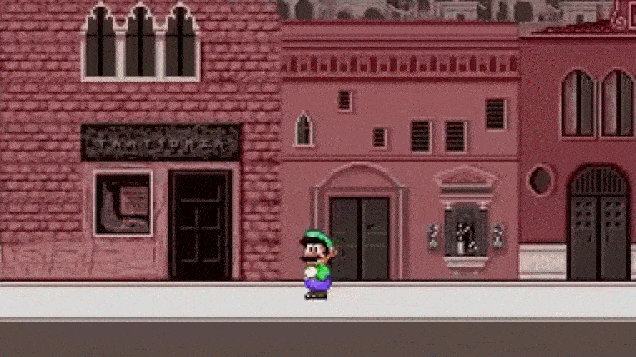
The game also has an addictive transition animation. Whenever Luigi moves up and down the map, he does a ‘dash,’ and looks both ways before crossing the street. As an easily-amused 8-year-old, I remember running up and down the streets multiple times for kicks:
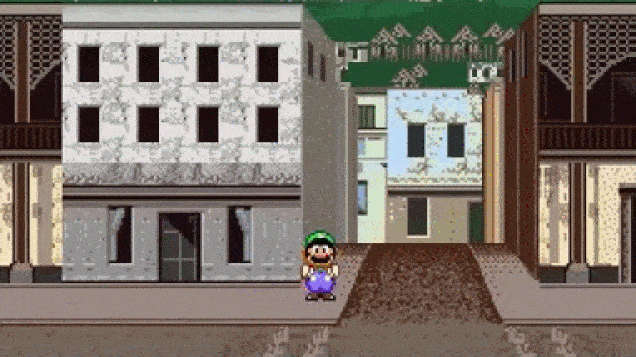
The music, too, was actually really, really good. The developers took the main musical motifs from Super Mario World and remixed them, using instrumentation that was culturally hyperbolised. So, if you travelled to Beijing, you heard music that sounded like this:
And when you went to Moscow you heard music that sounded like this, which was my absolute favourite:
Mario Is Missing operated at a snail’s pace, paired with low stakes. There was no time limit and no way to die, and so it was soothing to just listen to the music and wander about the city. It was no Liberty City sandbox, but it was something to keep my fingers casually busy, while leaving the rest of my brain active. My sister and I weren’t always close growing up, but years later, we had some some deep conversations about life and our relationship while we leisurely passed the controller back and forth, alternating cities until we finally conquered Bowser at the South Pole.
And lastly, Software Toolworks will be happy to know that I actually retained and learned something! I still remember Nairobi, Kenya, and the game was my first exposure to the Maasai:
Maybe I was just a nerdy kid; I was always had fun with academics, because that was where I felt most successful. But I think the backlash against Mario Is Missing comes down to measured expectations; what is suitable or engaging on a primal level at a young age could be dull and tedious at another.
OK. I’m done. Let the beatings commence.
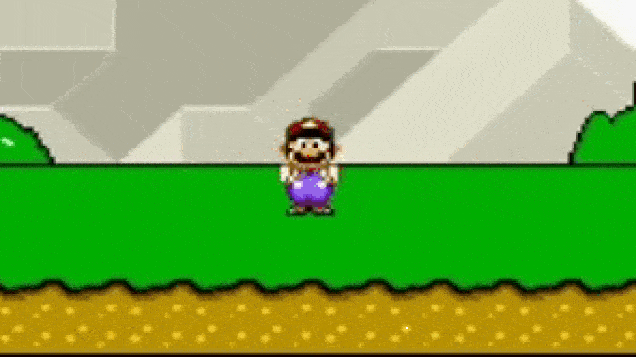
Comments
6 responses to “Actually, Mario Is Missing Was Awesome”
I also enjoyed Mario is missing. I played it as a young kid.
No, Mario is Missing wasn’t awesome. You enjoyed it as a kid and have fond memories involving it but that doesn’t make it good. Even in the edutainment category the game is garbage. It’s only redeeming feature is that by using Mario characters it convinced kids to give an educational game a chance. From there it takes that opportunity to teach and throws it down the drain. Carmen Sandiego pulls the same trick, framing the game as an adventure then throwing encyclopedia entries at the player, but that game actually delivers.
the game was great for me as a child. having mild autism and a penchant for facts, it was one of the few games that made education fun. it also had the menial fetch-style backtracking that I loved in rpgs (i know.. i’m weird.. i still like them as an adult).
This game really stood out to me… but then games like super mario world didnt do it for me, i always thought they were made for kids with ADHD or short attention spans.
I had the PC version of it. It was way better than the SNES version, or so my memory is leading me to believe. It could be lies…
More like Kevin Wrong, amirite
My parents bought me this game when I was a kid, too. They didn’t really have too much interest in the games I played, or a great knowledge of video games in general, and presumably bought it for me because they recognised it as a Mario game, and they knew I loved those. I didn’t pick up that it was an edutainment game, and just assumed it was an unfun, confusing Mario title. It was several years later that I went back to it and realised exactly how I was meant to play – I finished it in a couple of sittings after that.